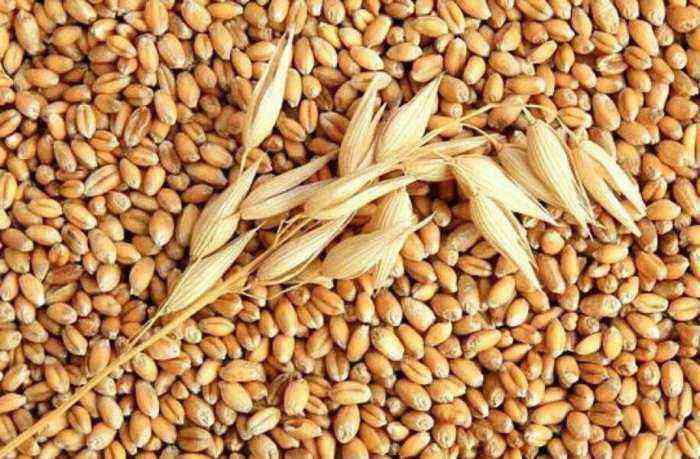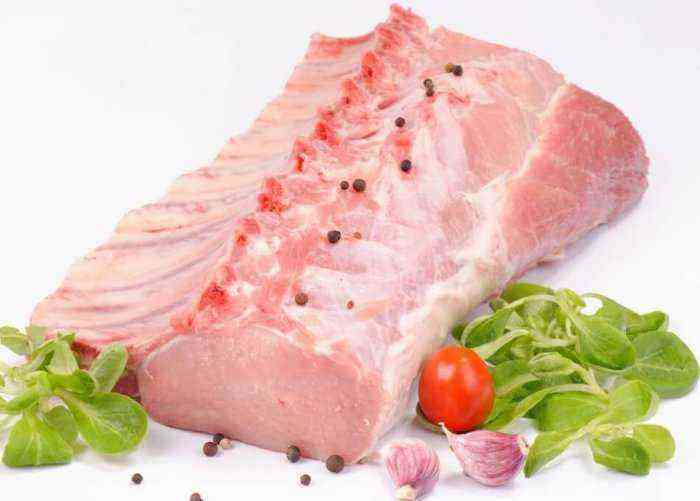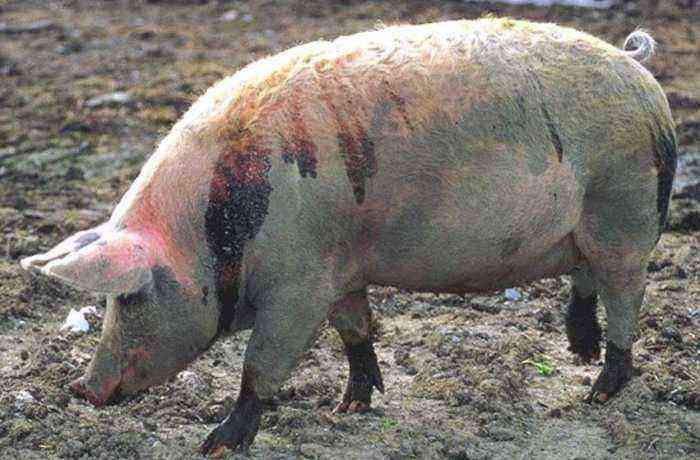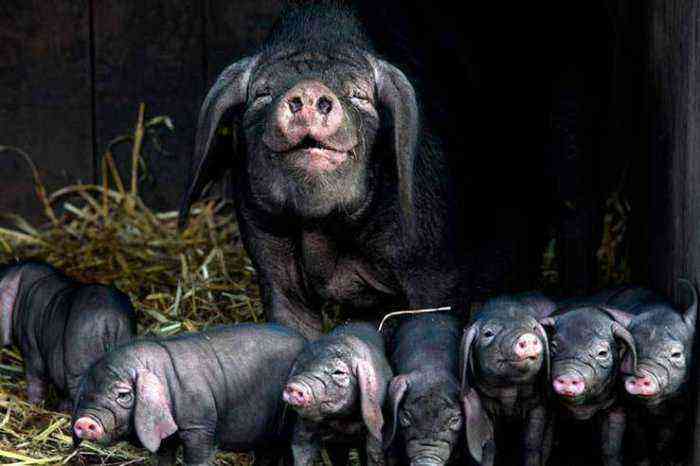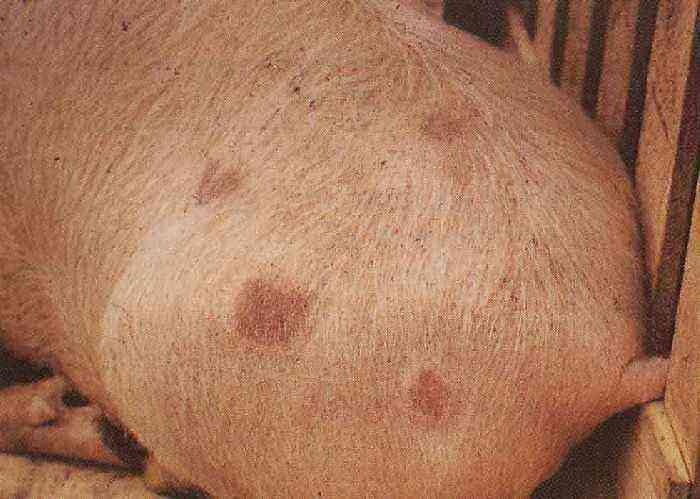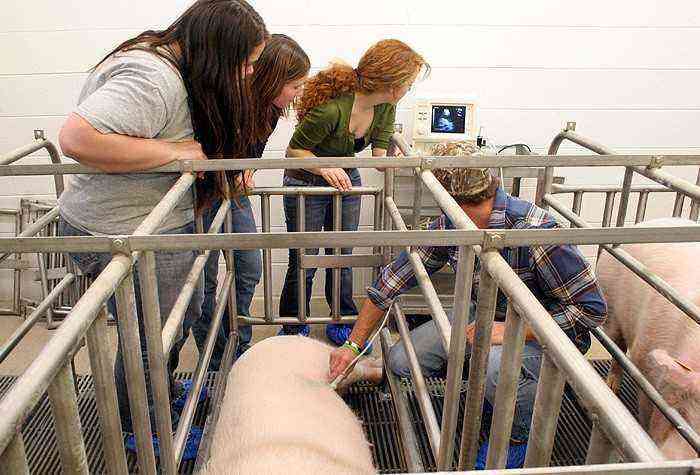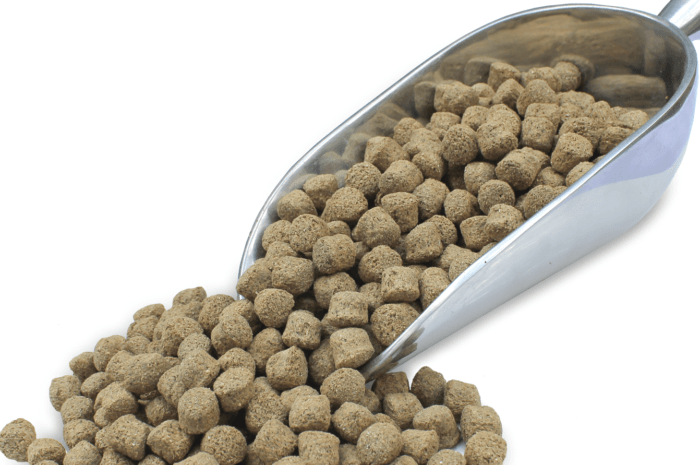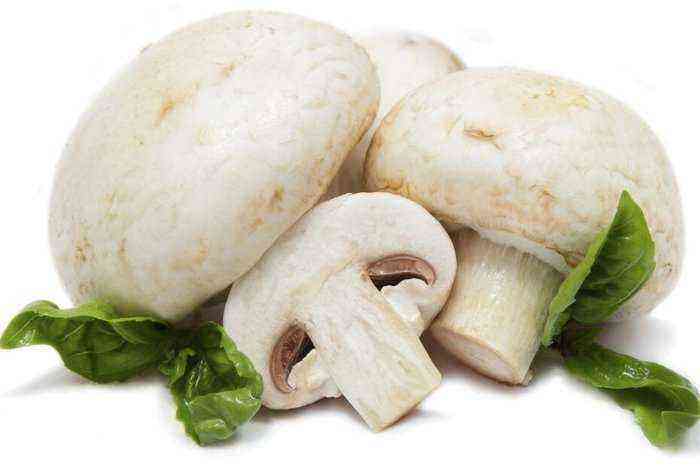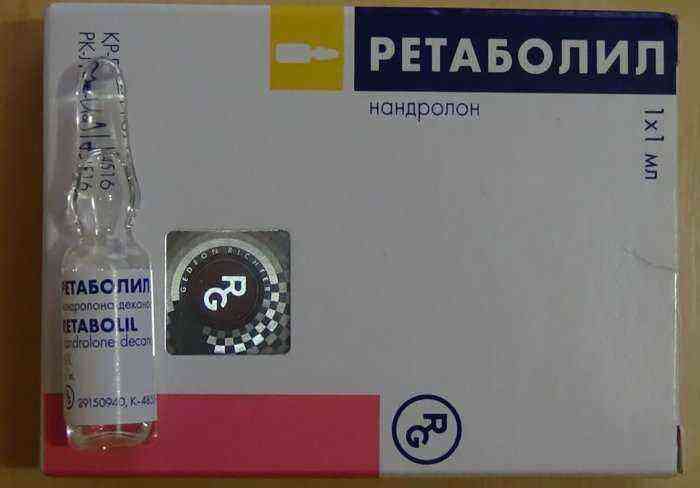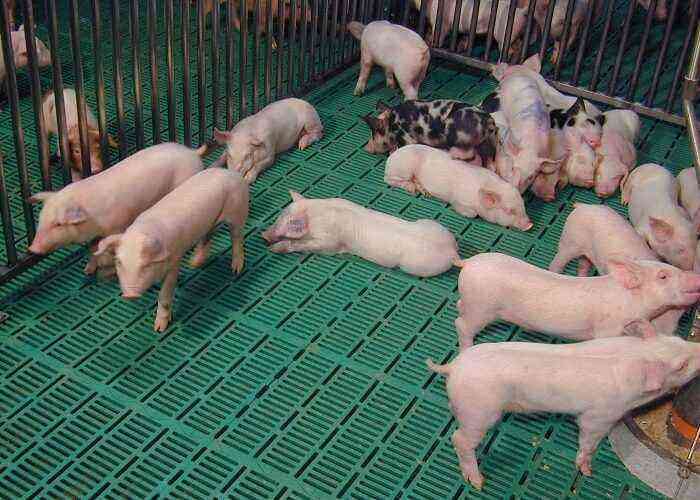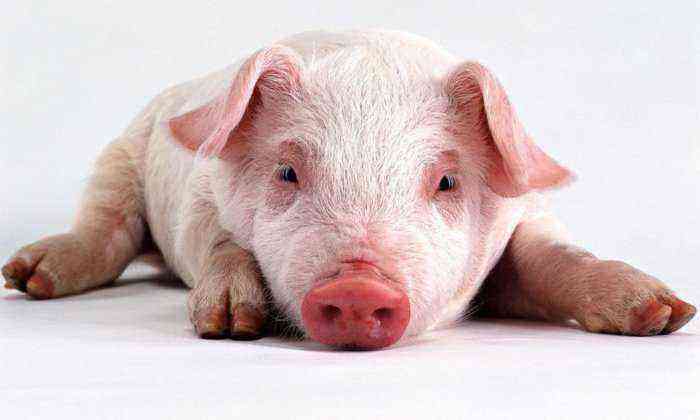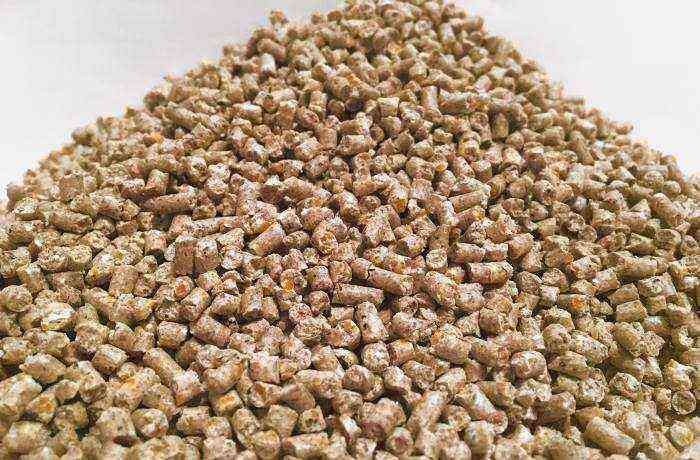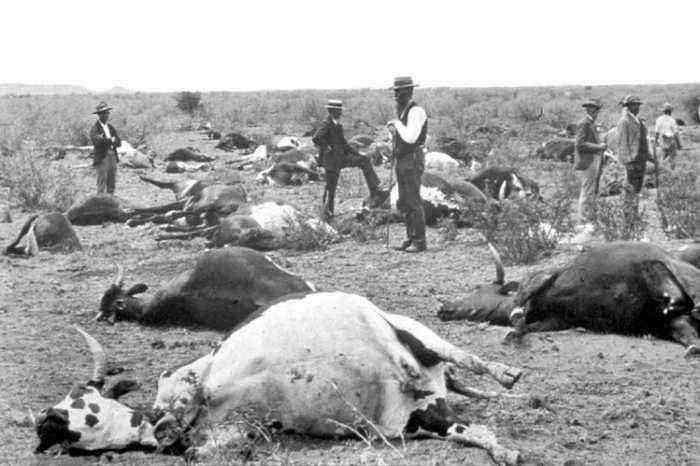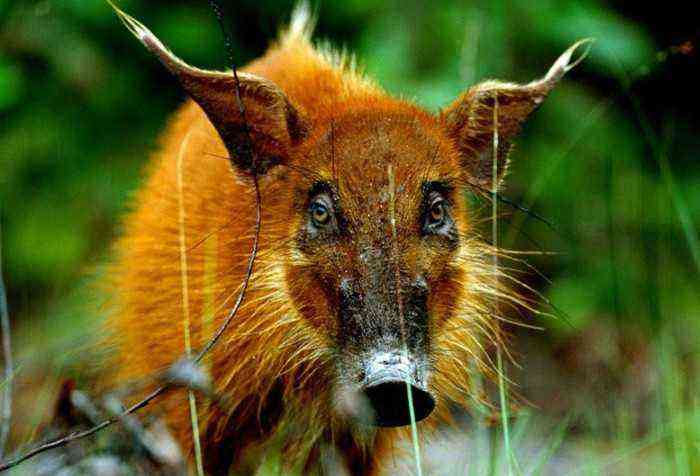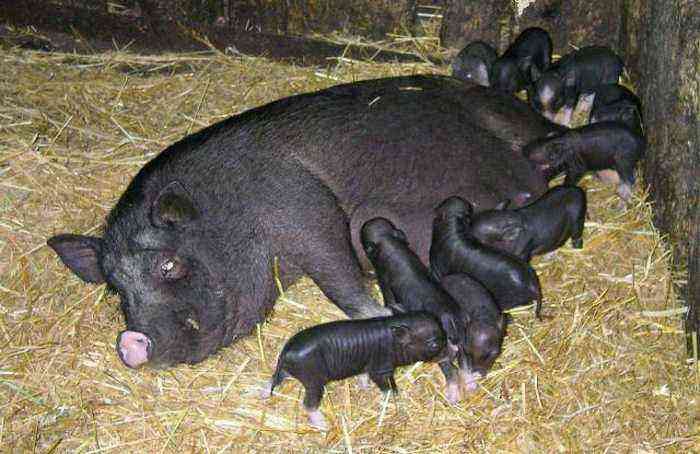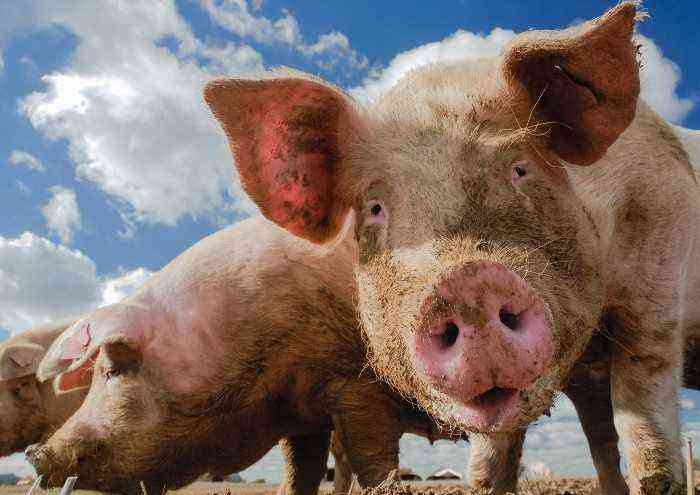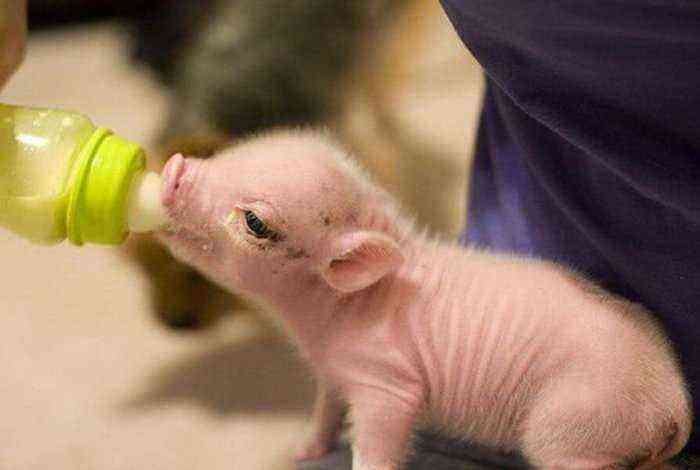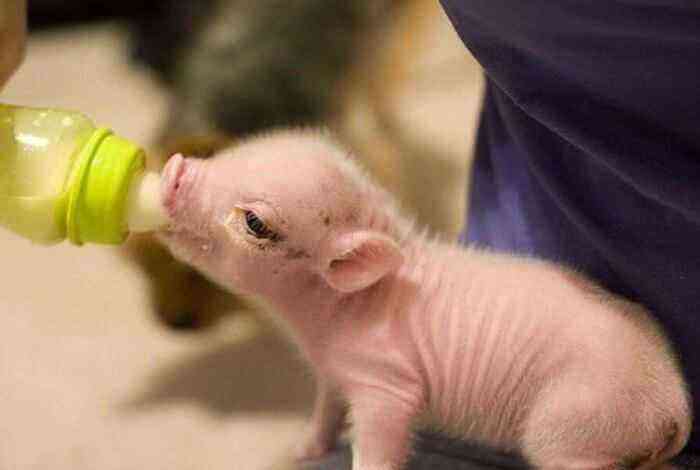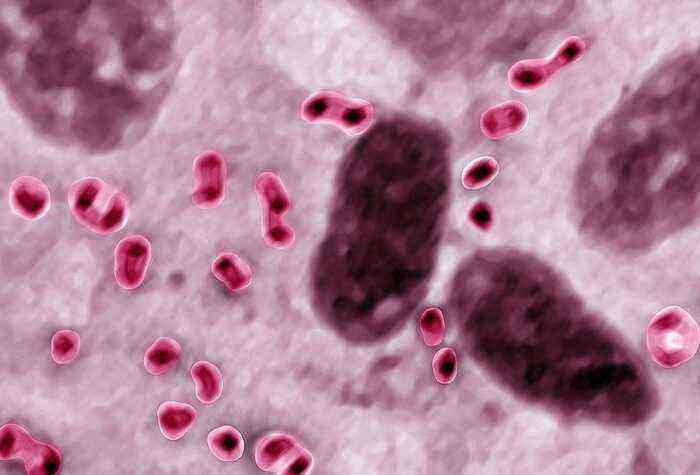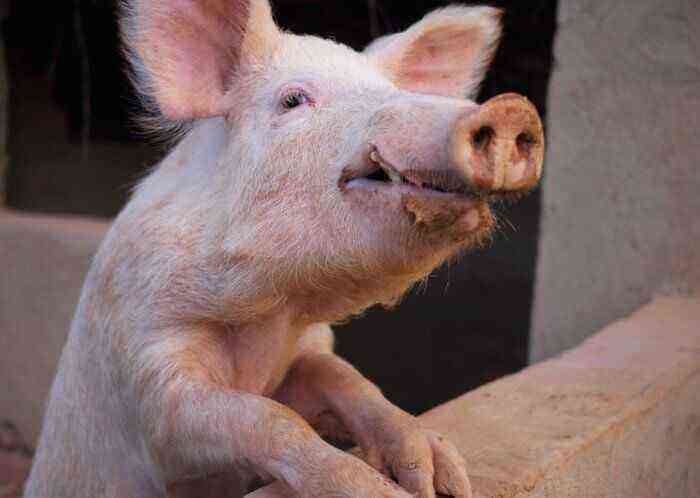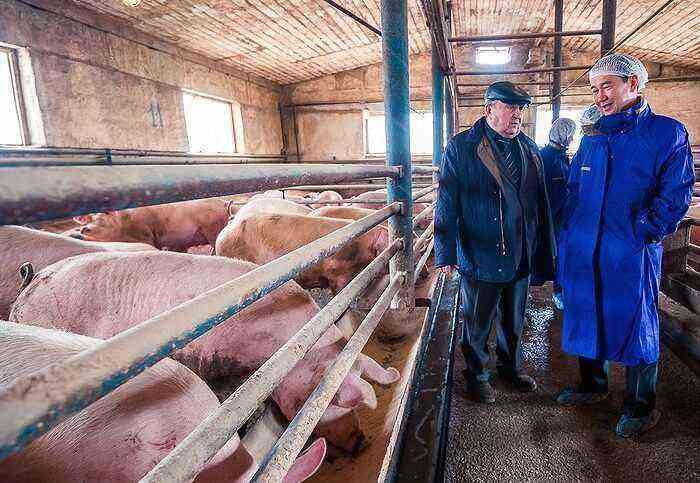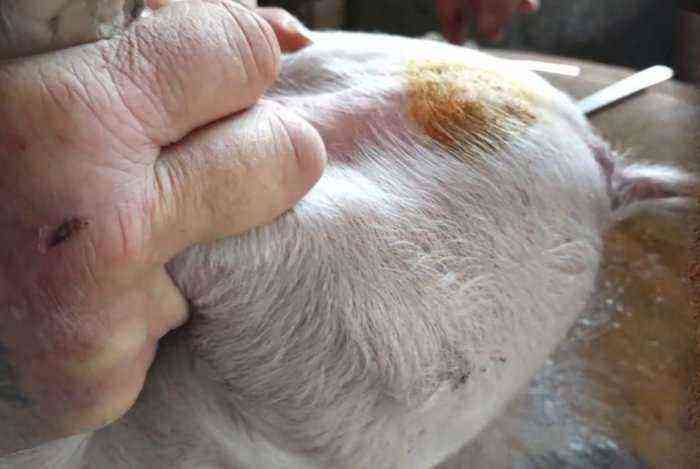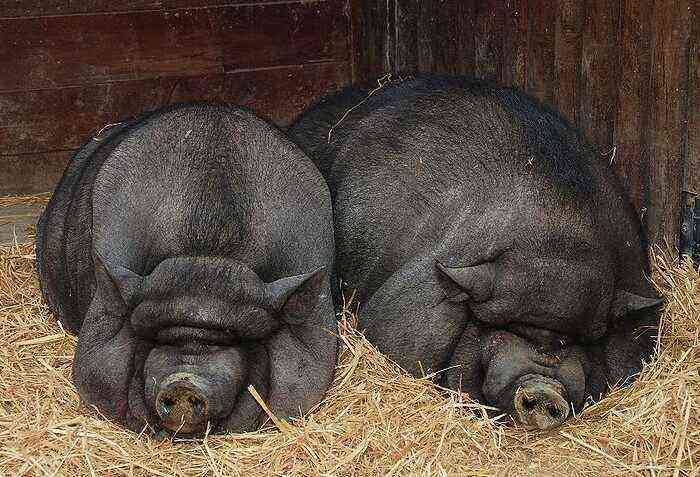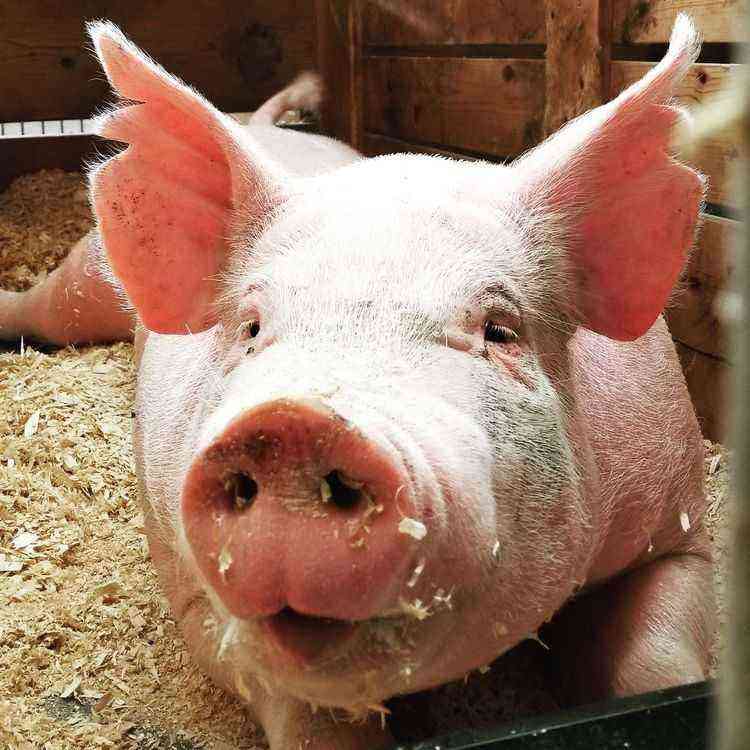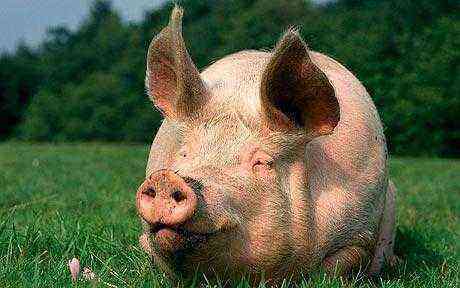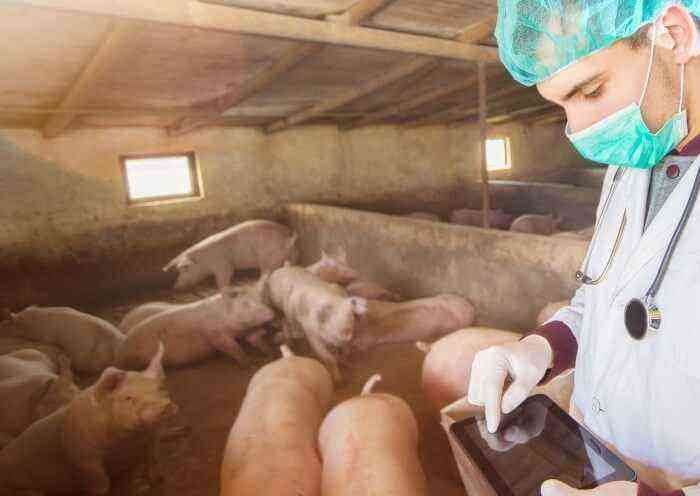PMVD for pigs are feed supplements that include protein, vitamins and minerals, thanks to which animals gain weight faster. Every farmer is interested in the fact that the pigs are well fed and their meat is tasty. In this article, readers will learn what nutritional supplements are available for pig diets and how to use them.
Pig breeding
What are growth stimulants and how do they work?
PMVD are additives to the basic diet of pigs that contribute to the rapid build-up of muscle mass. Not only the amount of meat obtained after slaughter, but also its quality depends on the rate of weight gain. The faster the volume of muscles in an animal increases, the better: the fibers contain a lot of moisture and do not have time to “grow old”. Adipose fibers are evenly distributed inside the muscle tissues, and do not grow from above. Such meat is in demand in the market.
There are several types of growth stimulants:
- additives that speed up the process of digestion of animals;
- substances that promote better absorption of vitamins and minerals into the blood;
- products that stimulate protein synthesis in the body of animals, and therefore contribute to the rapid build-up of muscle tissue.
Attention! Farmers who actively use BMVD for pigs note that the taste of meat improves, it becomes more juicy and tender, like piglets, while the fat layer almost does not accumulate.
Pig breeders usually strive to ensure that the fat content of meat is at an average level. If you reduce this indicator to a minimum, the meat will become tough and dry, such products are not in demand among buyers, as well as too fatty pork.
The following requirements are imposed on the BMVD:
- Rapid elimination from the body. Growth promoters should not be detectable in pig tissues at the time of slaughter.
- Security. Additives should not have a toxic effect on the health of pigs and people who will subsequently eat their meat and destroy the natural intestinal microflora.
- Compatibility of BMVD with other drugs – vitamins, mineral supplements.
- Growth stimulants should not harm the environment and form the resistance of pathogenic bacteria to antibiotics.
The composition of concentrated feed
Ready concentrated feed mixtures contain everything necessary for the health and growth of pigs. Their composition differs depending on the needs of animal groups. Feed for young and adult individuals contain different amounts of protein, vitamins, amino acids. Ready-made feed mixtures for pregnant pigs and lactating queens are also on sale.

Feed mixtures for pregnant pigs
Attention! If the pig receives a complete concentrated feed, it does not need additional food supplements. However, even in this case, farmers consider it expedient to use hormonal growth stimulants.
Some farmers make their own diet for fattening animals. This allows you to reduce the cost of their food, but requires certain knowledge. Concentrated feeds make up 40% of the diet of pigs. They include:
- Cereals. They contain a small amount of protein – from 8 to 12%, a lot of fiber. These include – oats, wheat, millet, rye, barley.
- Legumes – corn, peas, vetch, lentils. Beans are rich in vegetable protein and starch.
- Oilseeds are a source of fatty acids, protein and vitamins. These include flax seeds, rapeseed, oilcake.
- Soy is an additional source of protein.
- Brewer’s yeast.
- Meat-bone and fish meal is a source of minerals.
A properly formulated diet allows you to achieve maximum weight gain in pigs, however, with the help of BMVD, this process is faster, and the quality of the meat improves.
Types of growth stimulants
There are several types of feed additives for pigs. These include:
- hormones;
- non-hormonal dietary supplements;
- enzymes;
- phosphatides;
- bioadditives.
Each of the types of BMVD should be considered separately, so that farmers understand how they differ and how they affect the body of animals, what are their advantages and disadvantages.
Hormonal preparations
Hormones for pigs are obtained in various ways – from the endocrine glands of animals, from plant materials, as well as synthetically. Preparations containing male sex hormones are available as injections that are administered intramuscularly to pigs every 2-3 weeks. There are other anabolics, they contain female hormones, such are presented in the form of tablets. They are implanted into the skin fold behind the auricle of pigs. Such a tablet dissolves for several months.
Hormones activate metabolic processes in the body of animals, due to which their muscle mass increases faster. This group includes drugs:
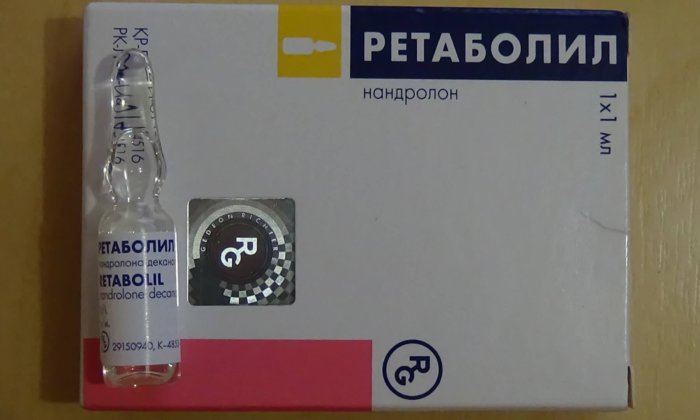
Retabolin
- Retabolin;
- Laurobolin;
- Dexafort;
- Sinestrol;
- DES.
Attention! Concerning the use of hormonal supplements for pigs, opinions differ. Some believe that they are harmful to human health, as they tend to accumulate in the muscle tissues of animals, while others consider them absolutely safe.
Non-hormonal substances
It is customary to include antibiotics in the group of non-hormonal supplements. Although they are intended to be used for medicinal purposes, to fight disease-causing bacteria, it turned out that when they are introduced into the body of healthy animals, growth is accelerated. All the unused potential of drugs for the destruction of pathogenic flora in this case is aimed at accelerating the metabolism and weight gain of pigs.
Attention! Antibiotics to stimulate growth are administered to pigs in small doses, observing a clear frequency.
Popular antibacterial agents used as stimulants for the growth of muscle mass in pigs:
- Grizin;
- Biovit;
- Biomycin;
- Streptomycin;
- Flavomycin;
- Hygromycin.
Non-hormonal drugs can be started at an early age in pigs. This is usually done when the piglets are trying solid food, that is, at the age of 2 weeks. Antibiotics are given 2 times a day – during the morning and evening feeding. The dosage for animals of different ages is different. It is calculated based on body weight. Let’s take an example:
- piglets under the age of three months are given 2-3 mg of the substance per dose;
- from 4 to 8 months, the dose is increased to 6-8 mg;
- from 8 months to a year give 8-10 mg of the substance.
Important! In addition to weight gain, thanks to antibiotics, the resistance of the animal organism to dangerous infections increases. Piglets get sick less when they take small doses of antibacterial drugs.
enzymes
Enzyme stimulants – activators of the digestion process. They help to break down food faster, so it is better absorbed in the body. This is what causes weight gain.
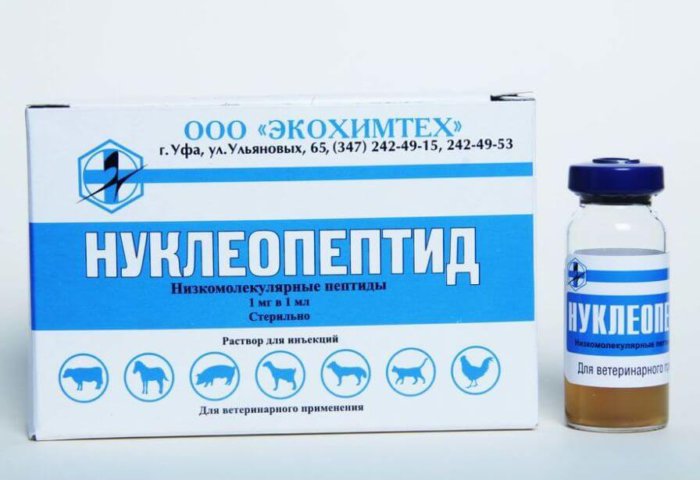
Nucleopeptide
Nucleopeptide is a well-known preparation containing enzymes. It is presented in liquid form. The supplement is administered subcutaneously or intramuscularly, following the dosage:
- Piglets up to one month of age – 0,1-0,2 ml / kg of body weight subcutaneously once a day for 3 days.
- For adults during the period of intensive fattening, the drug is injected at 0,15-0,2 ml / kg of body weight every 2 weeks under the skin in the neck area. The duration of the course is 2-3 months.
Attention! You can not enter more than 50 ml of funds at a time. The animal can be sent for slaughter 10 days after the last injection of Nucleopeptide.
phosphatides
These are substances containing phosphoric acid and various fatty acids. Such feed additives in production are thoroughly cleaned from harmful components. Phosphatides are presented as a brown viscous mass. It is given to animals once a day along with food in a certain dosage:
- for piglets under the age of four months, add 1 g of the substance to the feed for each kilogram of weight;
- pigs older than 4 months are given 0,8 g of phosphatides per kilogram of body weight.
Supplements
This group of additives includes natural products or preparations containing vitamins, minerals, amino acids and other substances that contribute to the rapid increase in live weight. These include:
- Acids – glutamic, citric, succinic. They are presented in the form of a powdered mass, which, before distribution to animals, must be dissolved in a small amount of water and added to the feed in this form. The daily dosage is calculated based on the body weight of the pig. For every kilogram of animal weight, 25-40 mg of the substance is taken. Acids are given alternately – you cannot offer pets two types of supplements on the same day.
- Azobacterin preparation containing nitrogenous components and vitamin B 12. The supplement is introduced into the diet from the age of two months and given throughout the entire period of intensive growth daily. How to dose the drug – take 0,5 g of the drug per kilogram of animal weight.
- BMVD for pigs – additives, which include protein, mineral compounds and vitamins. For normal growth and development, animals must receive the full range of minerals – zinc, calcium, phosphorus, iodine, iron, selenium, vitamins A and E, D and protein. Pigs, depending on age, have a different need for these substances, so BMVD is selected for animals individually.
Popular manufacturers of dietary supplements
BMVD for pigs is produced by different companies. Some of them managed to earn a good reputation among Russian livestock breeders. For example:
- The Swiss company SHENCON manufactures compound feed for farm animals, premixes, vitamins and mineral supplements.
- The manufacturer “Trouw Nutrition” from the Netherlands presents a wide range of feed and growth stimulants not only for pigs, but also for other animals and poultry.
- The Ukrainian company “Standard-Agro” produces compound feed and vitamin and mineral supplements for birds, cows, pigs, sheep and sells its products at an affordable price.
- The Polish company “ShenPig GP Premium” specializes in the production of feed and BMVD specifically for pigs. Its products are of high quality. The price for it is in the middle segment.
Whether or not to use growth stimulants when breeding pigs, each farmer decides for himself. Evidence shows that weight gain feed additives help keep pets healthy, improve meat palatability, and generate more profits.

